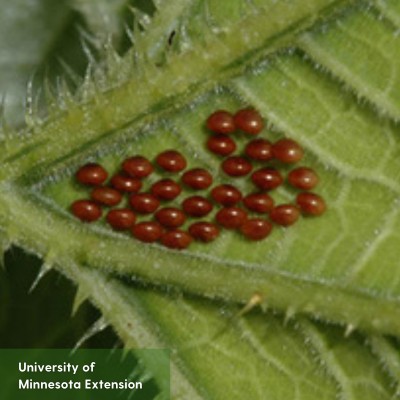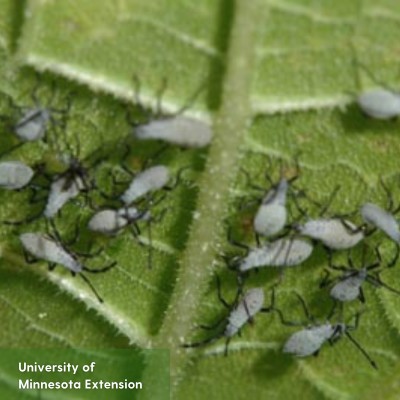
Category: Cooperative Extension
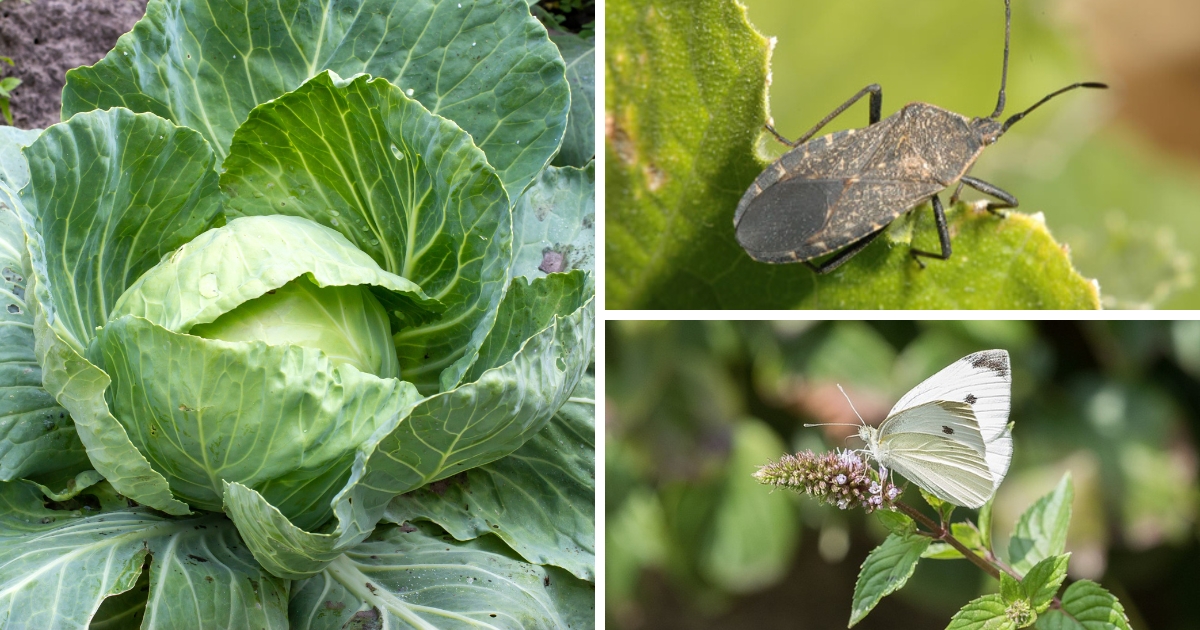
Bug off! Best practices for controlling insects in your home vegetable garden
August 11, 2023 Written by Dr. Judy Hough-Goldstein, Delaware Master Gardener
July and August in the vegetable garden typically bring bountiful harvests of colorful vegetables. These are also the months when insect pests can really make their presence known, with plant and fruit damage becoming increasingly noticeable. This article provides some background information and management tips for understanding and managing those pests.
The first thing to know is that there are two major groups of insects:

Complete metamorphosis
The first group is those with complete metamorphosis, where the insect moves through four growth stages, from eggs to larvae (with three to five sub-stages here) to pupae to adults. The larvae may look very different from the adults and even look “worm-like,” as you can see in the cabbageworm photo to the right.
Examples of these types of insects include beetles, where the larva is a “grub.” Both larval and adult beetles often have chewing mouthparts and eat plants, so both growth stages are of concern for control. Moths and butterflies are other examples, where the larva is a caterpillar. Caterpillars typically do more damage than the adults, as they chew on leaves, whereas the adults sip nectar. Understanding the insect stage that may cause the most damage can have important implications for when and how to manage the pests.
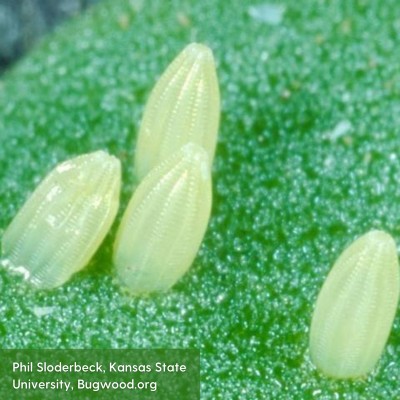
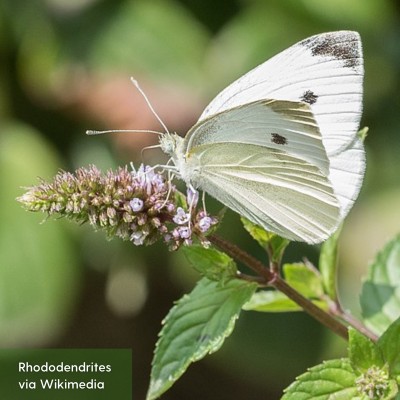
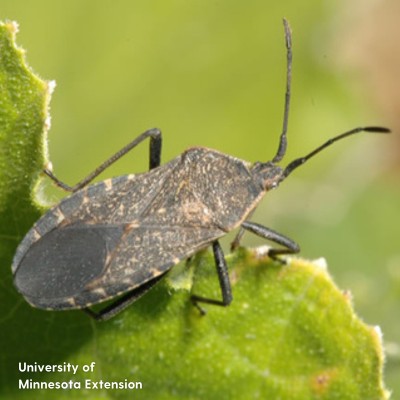
Simple metamorphasis
The second group of insects has a simple metamorphosis with three growth stages. These insects move from eggs to nymphs (with three to five stages) and then to adults. The nymphs look similar to adults but are wingless. Examples include true bugs such as the squash bug (see photos) and aphids. True bugs and aphids cause damage because they insert sucking mouthparts (like straws) into plants and suck up the contents.
Not all vegetable crops in our area have serious insect pests. Those with few pests (in northern Delaware) include peas, radishes, lettuce and spinach. For crops with serious pests, most of the insects are quite host-specific, feeding on only one or a few related crops.
To best manage your vegetable garden pests, spend some time familiarizing yourself with which pests are common for the vegetable crops you like to grow. For example, brassicas are most subject to damage from imported cabbage worms, the offspring of the very common cabbage white butterfly. Potatoes, on the other hand, attract the potato beetle (aptly named). Learn more about common pests in our area.
Best practices for pest management
With that background knowledge, let’s talk about managing these pests:
- First, rotate crops as much as possible. This can delay infestation by forcing overwintering insects to find their host plants at a distance from where they grew the previous year. This is also a good practice for reducing the impact of diseases carried in the soil from year to year.
- Second, be aware of when adults of serious pests are expected, and kill them as soon as they arrive, even if it isn’t necessarily the adult that is causing damage to your plants. A single-mated female adult can lay hundreds of eggs, so removing even one adult can make a huge difference to your pest problem! As a second line of defense, scout for and crush any eggs before they hatch (check the undersides of the leaves in your garden), and also crush or drown any larvae that sneak by you and hatch. Sometimes these are tricky to find, as they may be very close in color to the host plant (such as cabbage worms and broccoli leaves).
- Third, remove crop debris at the end of the season to eliminate potential overwintering sites for many pests.
- Fourth, as you may know, row covers can help prevent infestation by many pests. However,
- Row covers must be in place before any adults or eggs are present on the plants.
- The covers must be secured at the bottom (for example, by burying the edges in soil), so insects can’t sneak in and so high winds can’t loosen them.
- The covers must be removed during flowering for crops that require insect pollination, such as cucurbits (squash, pumpkin, melons, and cucumbers). Tomatoes, eggplant, and peppers are self-fertile but require wind or insect movement for pollination, so these plants are also not good candidates for row covers during flowering.
- Row covers can be left on all season for crops that don’t require insect or wind pollination, including beans, brassicas (cabbage, kale, broccoli, brussels sprouts etc.), and potatoes.
- Fifth, encourage predators and parasitoids by including diverse flowering plants in and around garden beds. Aphids, in particular, may be abundant at times, but they are usually quickly controlled by ladybird beetles, hoverflies and other predators, as long as these have ample sources of nectar and alternate prey in an insecticide-free environment. If aphids start getting out of control, their populations can be quickly reduced by spraying them with a strong jet of water to dislodge them from the plant. Most won’t make it back.
- Sixth, if you experience heavy pest pressure on a particular crop, look for resistant varieties in subsequent years. Such varieties may only be available from certain seed companies. You might also consider not planting that crop for one year. Overwintered insects will leave your garden to try to find their hosts elsewhere, and many will die trying. Of course, this strategy is most effective where there are no other vegetable gardens nearby.
Try one or more of these strategies to manage your pest populations. With a better understanding of when and how to best control insect pests, you should be one step closer to an abundant and pest-free vegetable garden.
